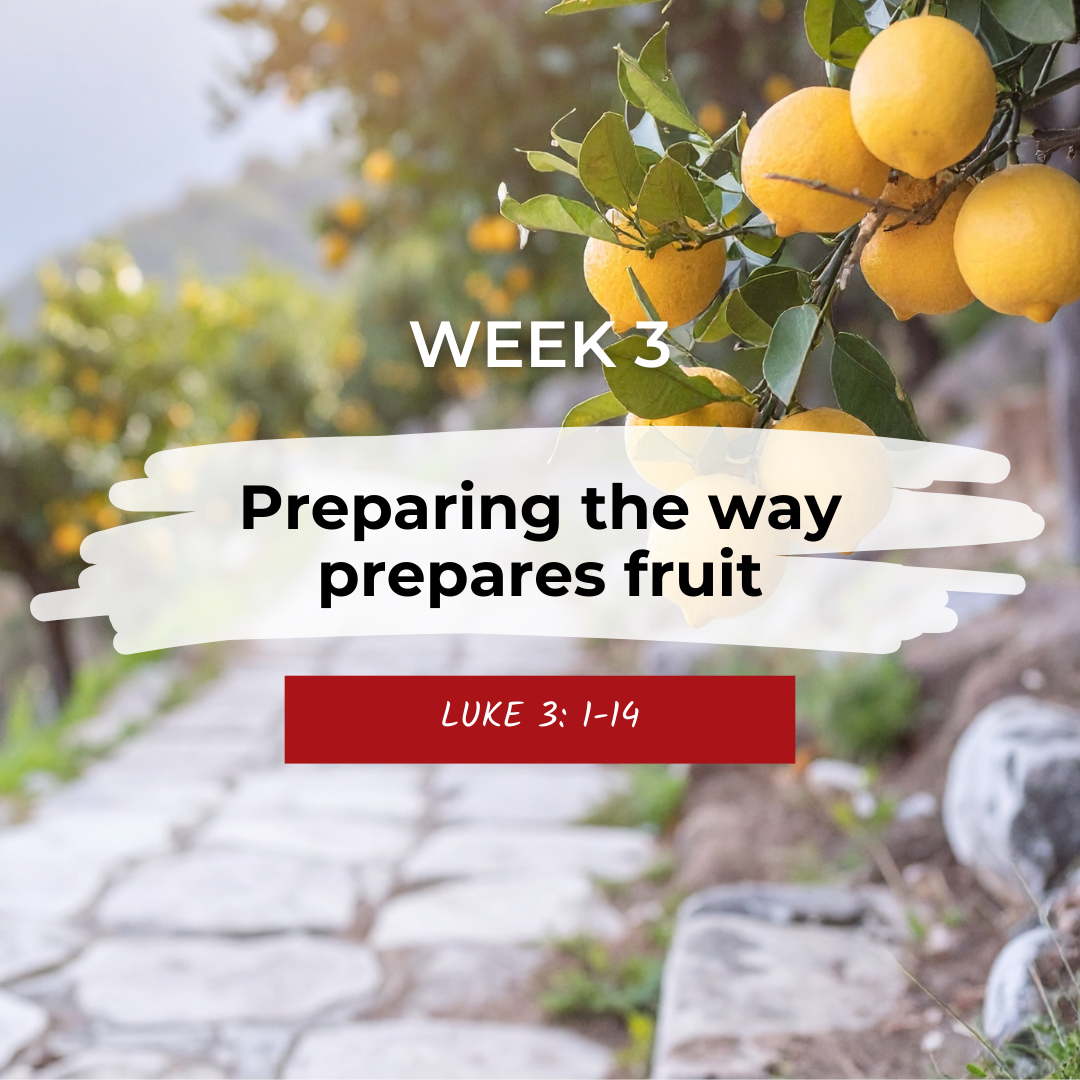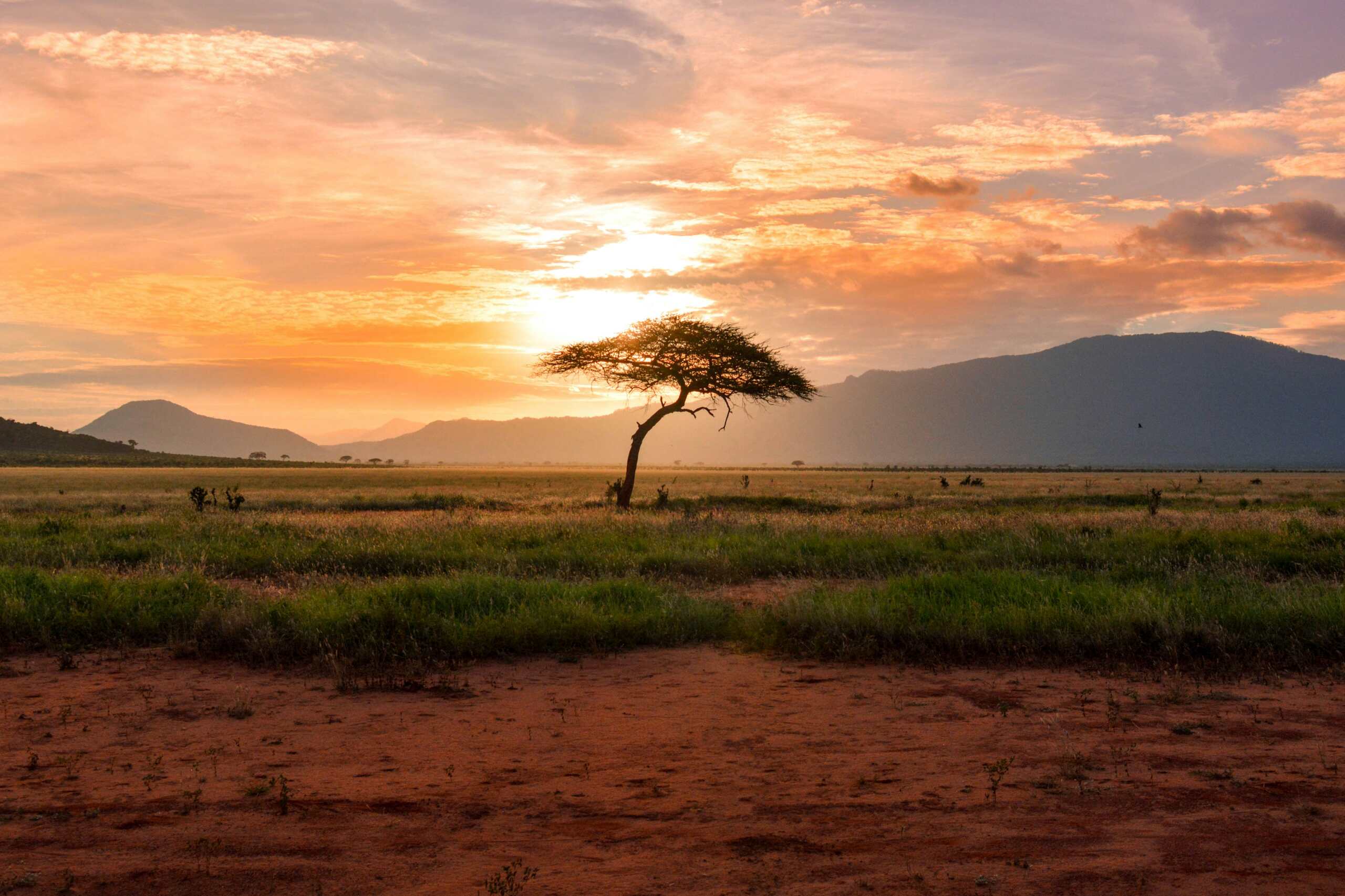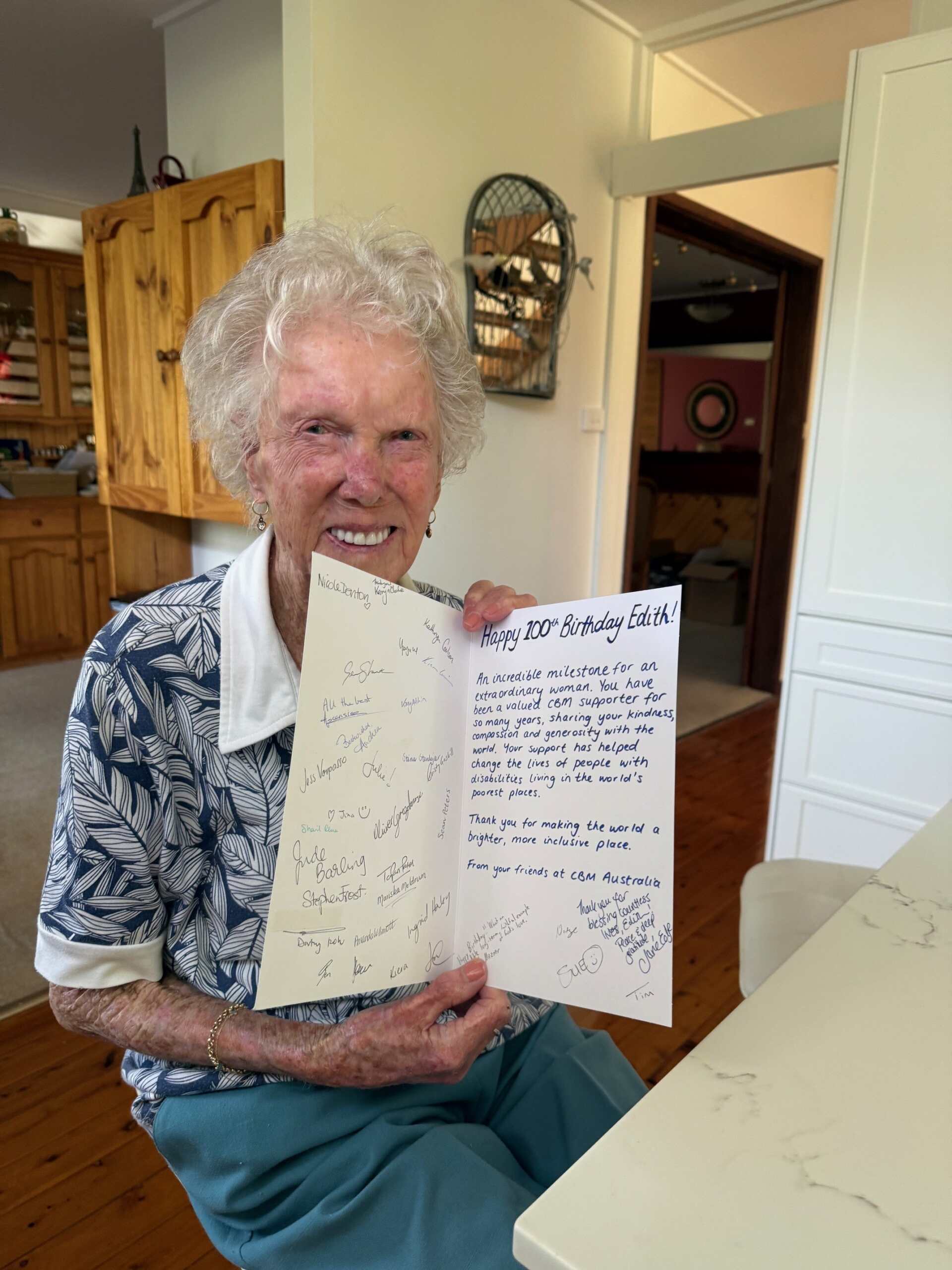Disaster preparedness in the Pacific story series
Pacific, Stories | June 25, 2024
The Pacific is hit with several disasters every year including cyclones, volcanic eruptions, earthquakes and tsunamis. These island nations are also more affected by the impacts of climate change.
The Australian Government’s Disaster READY program is a disaster preparedness and resilience program being implemented by Australian aid agencies. CBM’s Inclusion Advisory Group (IAG) has a key role here, working with Organisations of People with Disabilities (OPDs) to make sure that disability issues are considered when preparing for and responding to disasters.
People with disabilities are four times more likely to be impacted by a disaster than those without disabilities. It’s important that people with disabilities are not overlooked in planning and responses. Climate change will also impact significantly on people with disabilities and their families.
CBM and our OPD partners in Solomon Islands, Vanuatu, Fiji, PNG and Timor-Leste are making sure that disaster risk reduction and climate change adaption include people with disabilities.
It’s great that OPDs have a seat at the table alongside governments and NGOs as they prepare for disasters. But we know that working with governments can be intimidating – particularly if you have a disability. We all know that people with disabilities often face stigma and discrimination – and in many instances don’t have the background or experience to engage confidently in national planning forums. That’s where CBM comes in.
CBM’s Inclusion Advisory Group along with the umbrella OPD, the Pacific Disability Forum (PDF), help build the confidence and skills of these OPD representatives to be valuable contributors to government planning. Expertise in disability-inclusive disaster risk reduction comes with training, and CBM and PDF work to mentor and support people with disabilities to talk about how their own experiences and perspectives can help inform disaster preparedness planning.
Because disaster planners need to think about how to make sure early warning systems don’t exclude people with disabilities. Evacuation processes and centres also need to be accessible to people with all different types of disabilities. If climate change brings harsher storms annually, what needs to be done to protect people with different impairments?
As a result, OPDs are growing in confidence to speak up on disaster issues and are building their technical knowledge of disaster risk reduction. They are now leading training and developing resources for NGOs working in the Pacific.
So when a disaster hits, OPDs in the affected countries are actively involved in the response. They can be involved in tracking what worked in terms of disability inclusion, as well as identifying any gaps. Experiences in one disaster can inform better planning for the next.
CBM will be sharing a collection of stories showcasing how the Australian Humanitarian Partnership’s Pacific Disaster Ready program, with help from CBM and Organisations of People with Disabilities, is supporting people with disabilities to prepare for, respond to and recover from disasters. Be sure to tune in.
CBM is part of the Disaster Ready program which is supported by the Australian Government’s aid program.
https://www.cbm.org.au/stories/cbms-work-disaster-preparedness-pacific-story-series
Related Stories

Advent 2025: Preparing the way produces fruit
John the Baptist called people to prepare for God’s presence through repentance and by producing fruit (acts of justice,...

From sports to advocacy – the journey of the Isiolo Umbrella Disability Group
The Promoting Inclusive Delivery of Eye Care (PRIDE) Project is a...

Edith turns 100 – A life of generosity and joy
On Saturday, 4 October, Edith’s family gathered to mark an incredible milestone in style. Surrounded by her children, grandchildren...
